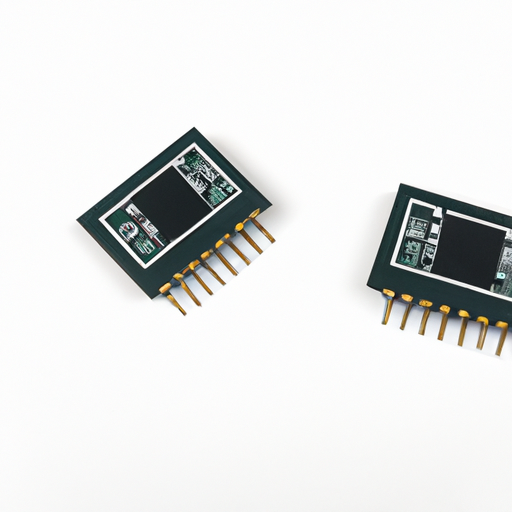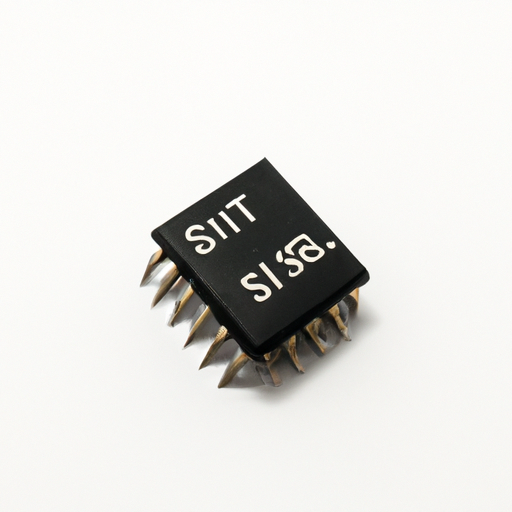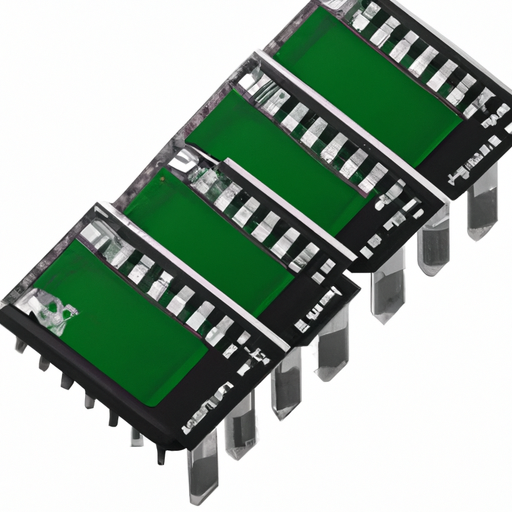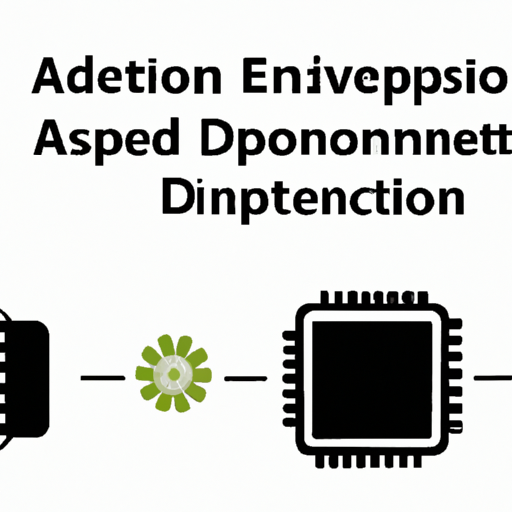Certainly! Below is a detailed overview of buffers, drivers, receivers, and transceivers, focusing on their core functional technologies and effective application development cases.
Buffers
| Purpose: Buffers serve to isolate different circuit sections, prevent loading effects, and enhance signal integrity.Purpose: Buffers serve to isolate different circuit sections, prevent loading effects, and enhance signal integrity. |
| Types: Types: |
| Key Characteristics: High input impedance, low output impedance, and the ability to drive heavy loads without distortion.Key Characteristics: High input impedance, low output impedance, and the ability to drive heavy loads without distortion. |
| Purpose: Drivers are designed to provide sufficient current to drive loads such as LEDs, motors, or other high-capacitance devices.Purpose: Drivers are designed to provide sufficient current to drive loads such as LEDs, motors, or other high-capacitance devices. |
| Types: Types: |
| Key Characteristics: High output current capability, fast switching speeds, and thermal management features.Key Characteristics: High output current capability, fast switching speeds, and thermal management features. |
| Purpose: Receivers detect and process incoming signals, converting them into a usable form for further processing.Purpose: Receivers detect and process incoming signals, converting them into a usable form for further processing. |
| Types: Types: |
| Key Characteristics: High sensitivity, selectivity, and excellent noise performance.Key Characteristics: High sensitivity, selectivity, and excellent noise performance. |
| Purpose: Transceivers combine the functionality of both transmitters and receivers, enabling bidirectional communication.Purpose: Transceivers combine the functionality of both transmitters and receivers, enabling bidirectional communication. |
| Types: Types: |
| Key Characteristics: Integration of transmitting and receiving functions, compact design, and often include features like error correction and signal processing.Key Characteristics: Integration of transmitting and receiving functions, compact design, and often include features like error correction and signal processing. |
| Voltage Buffers: Maintain voltage levels without drawing significant current.Voltage Buffers: Maintain voltage levels without drawing significant current. |
| Current Buffers: Provide high current output while maintaining input signal integrity.Current Buffers: Provide high current output while maintaining input signal integrity. |
| Digital Buffers: Used in digital circuits to strengthen signals and drive multiple loads.Digital Buffers: Used in digital circuits to strengthen signals and drive multiple loads. |
| LED Drivers: Control the current and voltage supplied to LEDs.LED Drivers: Control the current and voltage supplied to LEDs. |
| Motor Drivers: Control the operation of motors, including speed and direction.Motor Drivers: Control the operation of motors, including speed and direction. |
| Line Drivers: Amplify signals for transmission over long distances.Line Drivers: Amplify signals for transmission over long distances. |
| Analog Receivers: Process continuous signals.Analog Receivers: Process continuous signals. |
| Digital Receivers: Handle discrete signals, often used in digital communication.Digital Receivers: Handle discrete signals, often used in digital communication. |
| RF Receivers: Specifically designed for radio frequency signals.RF Receivers: Specifically designed for radio frequency signals. |
| RF Transceivers: Used in wireless communication systems.RF Transceivers: Used in wireless communication systems. |
| Ethernet Transceivers: Facilitate data communication in local area networks (LANs).Ethernet Transceivers: Facilitate data communication in local area networks (LANs). |
| Optical Transceivers: Used in fiber optic communication for high-speed data transmission.Optical Transceivers: Used in fiber optic communication for high-speed data transmission. |
| 1. Signal Conditioning: Buffers are crucial in sensor applications, where they condition and amplify signals before they are sent to an ADC (Analog-to-Digital Converter), ensuring accurate data conversion. |
| 2. Level Shifting: In mixed-voltage systems, buffers facilitate voltage level shifting between different logic families (e.g., converting 3.3V signals to 5V), enabling compatibility across components. |
| 3. Fan-Out Applications: Buffers are employed to drive multiple inputs from a single output, ensuring that the signal remains strong and undistorted, which is essential in digital circuits. |
| 1. LED Lighting: LED drivers are widely used in lighting applications to control brightness and color temperature, ensuring energy efficiency and longevity of the LEDs. |
| 2. Motor Control: H-bridge drivers are utilized in robotics and automation to control the direction and speed of DC motors, enabling precise movement and control. |
| 3. Data Transmission: Line drivers are essential in communication systems, where they transmit signals over long distances, maintaining signal integrity and reducing noise. |
| 1. Wireless Communication: RF receivers are integral to wireless systems (e.g., Wi-Fi, Bluetooth), where they demodulate and decode signals for data processing. |
| 2. Data Acquisition Systems: Analog receivers capture signals from various sensors, converting them into a format suitable for processing and analysis. |
| 3. Telecommunications: Digital receivers are employed in telecommunication systems to recover data from modulated signals, ensuring reliable communication. |
| 1. Networking: Ethernet transceivers are essential in LANs, allowing devices to communicate efficiently and reliably over wired connections. |
| 2. Wireless Systems: RF transceivers are widely used in IoT devices, enabling remote monitoring and control through wireless communication protocols. |
| 3. Optical Communication: Optical transceivers are critical in fiber optic networks, transmitting and receiving data over long distances with minimal signal loss, supporting high-speed internet and telecommunications. |
Drivers
Receivers
Transceivers
Conclusion

Buffers, drivers, receivers, and transceivers are fundamental components in modern electronic systems, playing vital roles in enhancing performance, reliability, and efficiency across various applications. Their effective implementation is crucial in fields such as telecommunications, automotive, industrial automation, and consumer electronics. Understanding their core technologies and application cases is essential for engineers and developers working in these domains, enabling them to design and optimize systems that meet the demands of contemporary technology.







